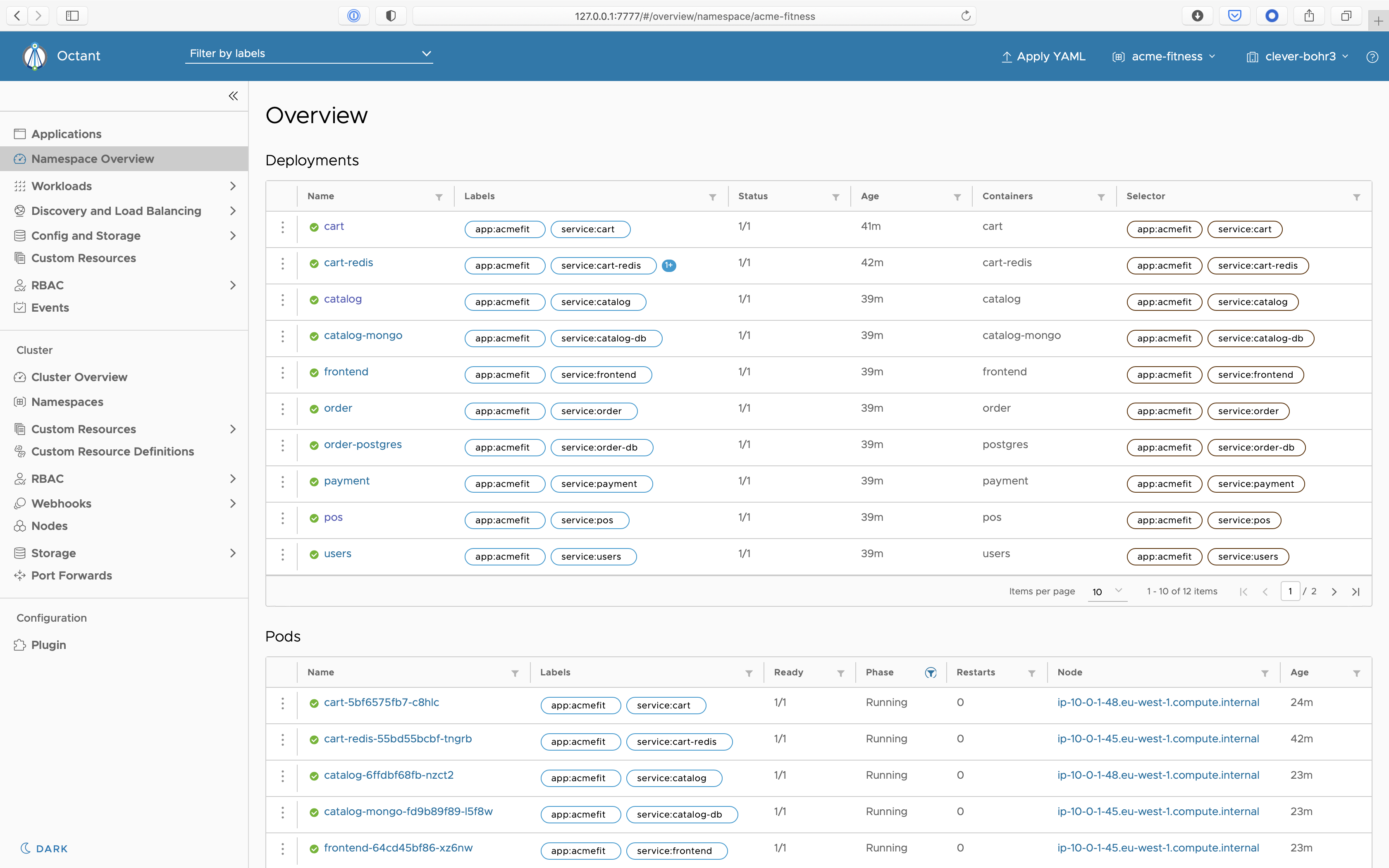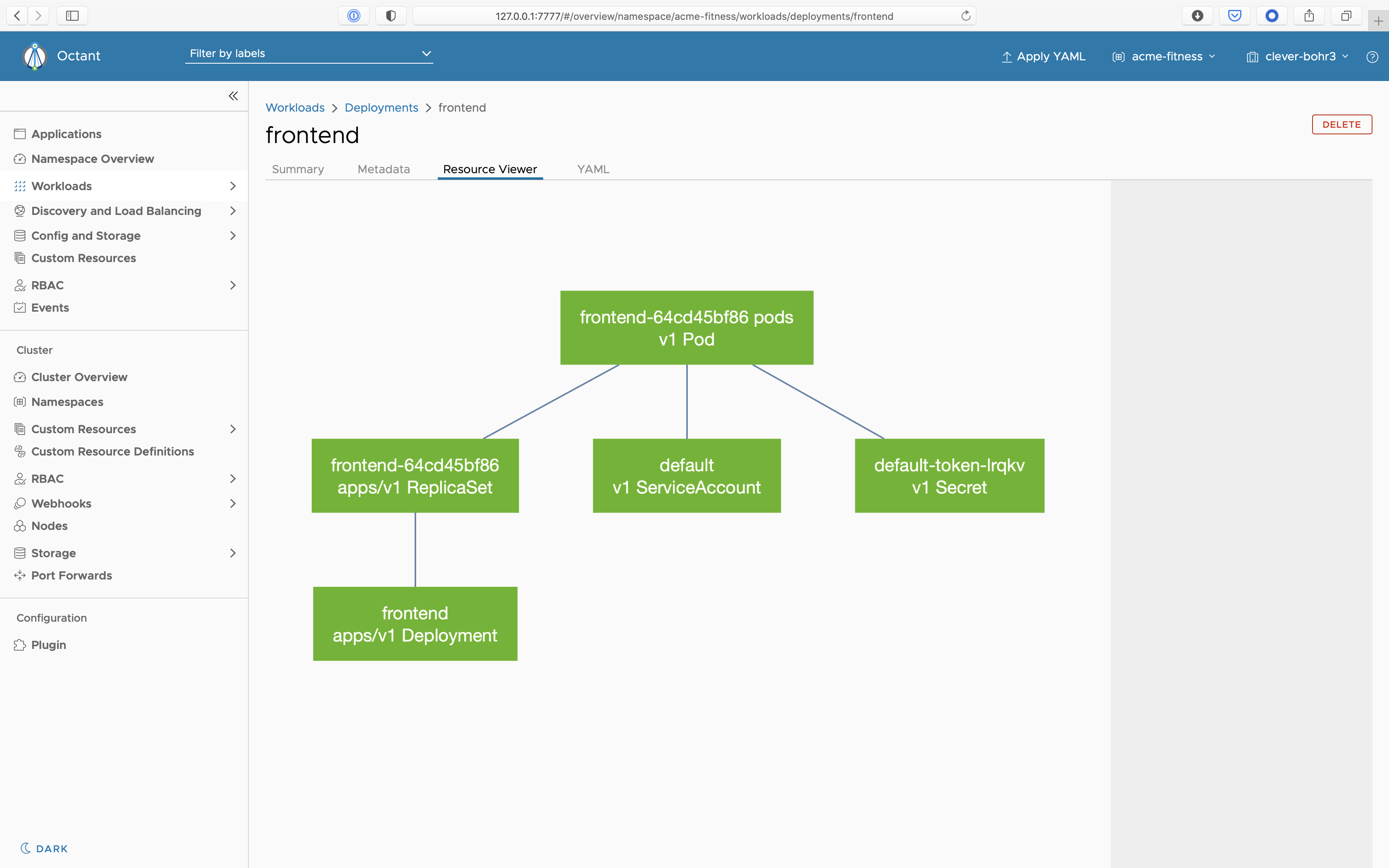
We are constantly presented with new tools all the time; scripts, themes, or even code editors. We try them, we forget about them, and before you know it a brew update take minutes rather than seconds to run. The few tools that do tend to stick around are those that solve a real need. Octant is one such tool. It’s not just the latest addition to my toolbox, it’s one that I’m turning to with increasing regularity.
| 🔧 Name | Octant |
| 📃 Description | Visualize your Kubernetes workloads |
| 📅 Released | August 2019 |
| 🔗 Site | https://octant.dev |
Released as a VMware1 backed project in August 2019, Octant was the result of a conversation between Bryan Liles (@bryanl) and Joe Beda (@jbeda) where they explored a common, but frequently overlooked, question.
What is hard about Kubernetes?
When helping customers tackle the challenges of Kubernetes, I find I’m often having to explain or demonstrate application deployments. In doing so, I’m faced with a choice.
- Keep it simple - Deploy and expose Nginx. It works, but it’s unimpressive and doesn’t feel like a real-world deployment.
- Get fancy - Deploy a more complex demo app - It’s impressive and feels far more realistic, but it’s difficult to visualise.
While it is possible to explore a more complex Kubernetes deployments using kubectl it is hard enough to navigate the resource graph when you are the one with your hands on the keyboard. It’s far more challenging to follow along on a Zoom call.

Octant solves this problem by allowing me to show resource state along with a graphical relationship between resources. It does much more than this, but it is this feature alone that has me reaching for it several times a day. If you have access to a working Kubernetes cluster, you can try this now.
brew install octant
octant
Octant began with a simple purpose, to answer the question “Is my Application Up?” But Octant has continued to evolve and now packs some impressive features:
- Single local binary installation
- Comprehensive workload summary
- Uses your local
KUBECONFIG - Port forwarding, from the browser
- Log streaming to the browser
- In-browser YAML editor
- Extensible through plugins
If you work with Kubernetes, I recommend you give Octant a try. If you want to hear more about the origins of Octant from Bryan Liles himself, listen to this episode of the GoTime Podcast: Enterprise Go?.
-
VMware is my current employer. ↩︎